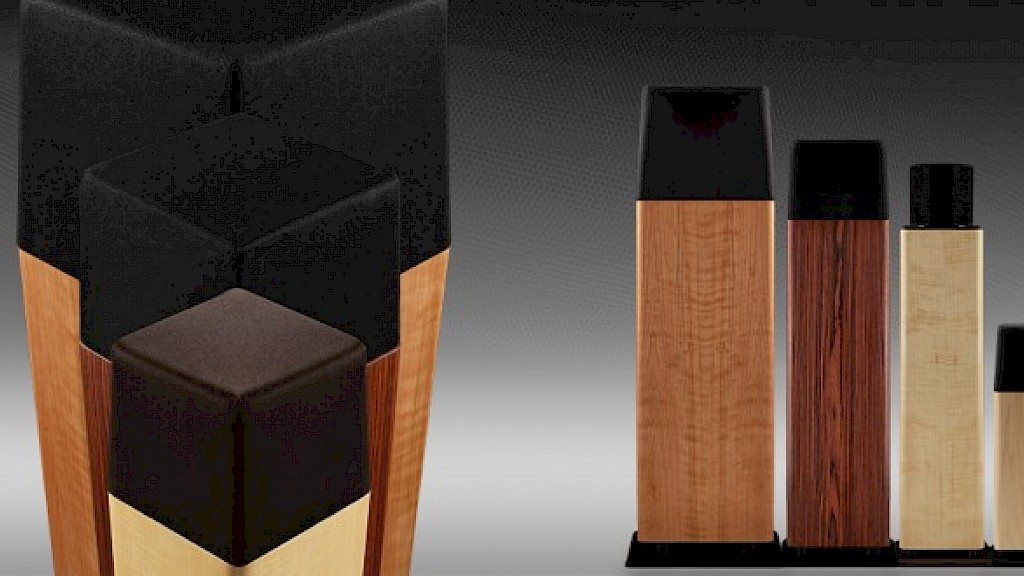What We Can and Cannot Hear.
Computers have been a hobby of mine since before the term “Personal Computer” was invented (showing my age again). I was the first to order a Personal Electronic Transactor (PET) at Commodore’s press conference introducing the computer at the 1977 January Consumer Electronics Show. This beat Apple and Radio Shack by months.
Tom’s Hardware is an Internet site that I surf regularly. It is mostly devoted to PCs, DIY computers for gamers and similar pursuits. However, Tom’s recently ran an article by Fillippo L Scogamiglio Pasini that grabbed me by the throat and seemed to whisper, “We know where you live.” The article is titled What Does It Take To Turn The PC Into A Hi-Fi Audio Platform? I found it a worthwhile read – all 12,000 words of it! And you may, too.
Following are highlights and a link to the complete article:
• They used a PC and its optical drive as a source. They evaluated devices that convert the data stream into analog signal to drive headphones.
• They compared four devices ranging from a $2,000 fully-external package to a $2 piece of software and using the PC’s amplifier (Yes, a 1,000 to 1 cost ratio). They used five, well-recorded and popular songs (some were on “Red Book” CDs and others on disks with higher sampling rates and greater resolution).
• They had two listener/tester pairs. Both listeners own the $1,500/pair Sennheiser HD 800 headphones used for the evaluation; one in a $3,000 system and the other in a $70,000 system.
• Their tests were single-blind, as the listeners did not know which device was playing. They just knew each device would be played twice on the same recording and they tried to determine which was which on each song’s eight-run test.
• Both listeners had good (and similar) hearing by measurement.
• Their tests were volume-matched (initially a small error in matching made one device consistently recognizable; later in the test, this error was corrected)
• All devices had similar measured frequency responses except the $2 device which was slightly softer at 1 kHz and had a +1.4dB rise at 100 Hz.
Their conclusions:
• That a small overall sound-level difference is audible, since after the volume-matching error was corrected, the inaccurately matched device was no longer easy to recognize.
• That the small frequency response variation over a narrow frequency range in these devices is not detectable on music
• That there is no sonic difference with higher sampling frequency and higher bit resolution. When down-sampled to the “Red Book” CD standard, the “high-def” recording sounded the same as the higher rate playback.
• That there was no sonic difference between any of the devices – from $2000 to $2!
• That these conclusions can only be applied to high impedance headphones, where the damping factor is well over 100.
• That tests using low impedance headphones, rather than the Sennheiser HD 800s, should be carried out, since changing headphones may change the results.
• That tests using speakers, rather than headphones, should be carried out (and maybe, if you have sufficient interest, read the whole article and send them some encouragement).
Read the whole report here: http://www.tomshardware.com/reviews/high-end-pc-audio,3733.html
Subscribe to Ohm News & Views to get the latest posts in your inbox
My conclusion:
Interesting. Very interesting! Does this completely/mostly/somewhat vitiate much of the audiophile premise for the last 30+ years? Maybe and may be a topic for another blog…
Enjoy & Good Listening!
John
John Strohbeen Author
John Strohbeen was the President and Chief Engineer of Ohm Acoustics from 1978-2023.


